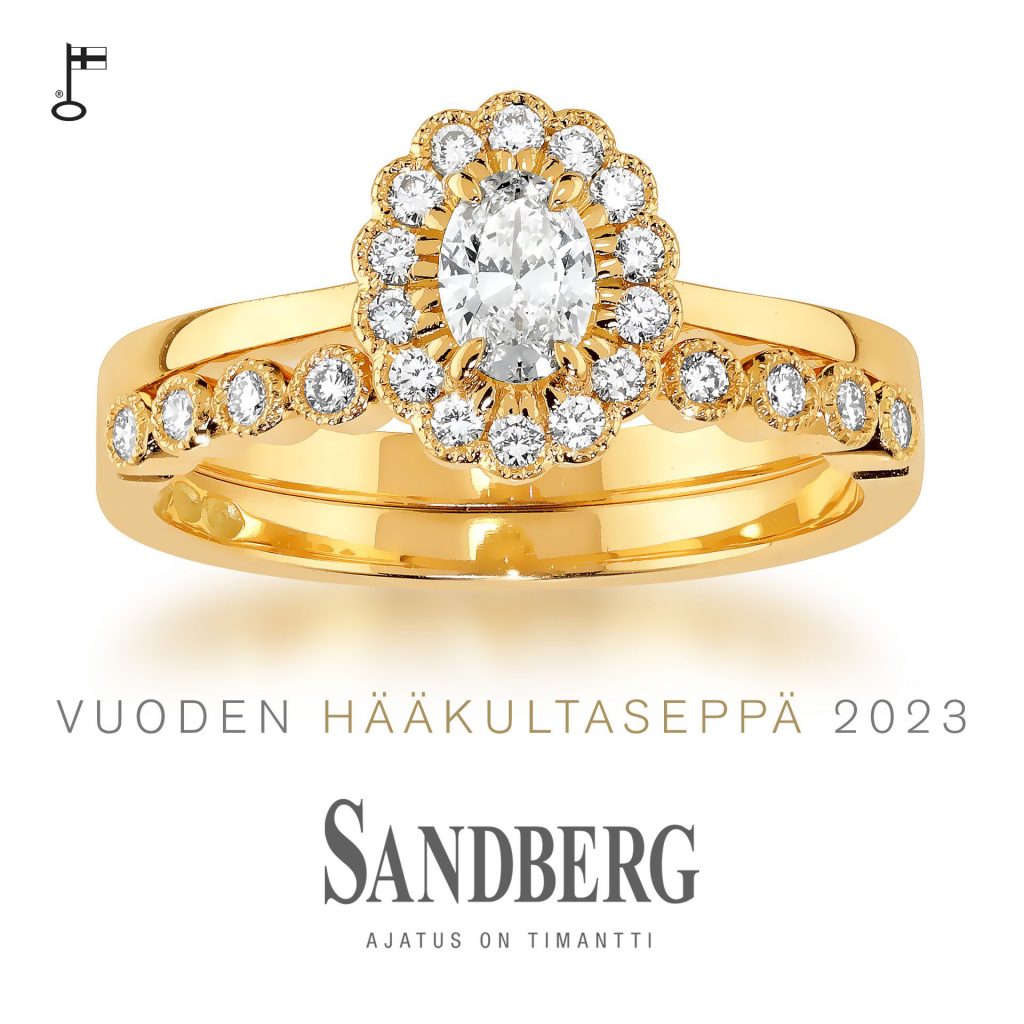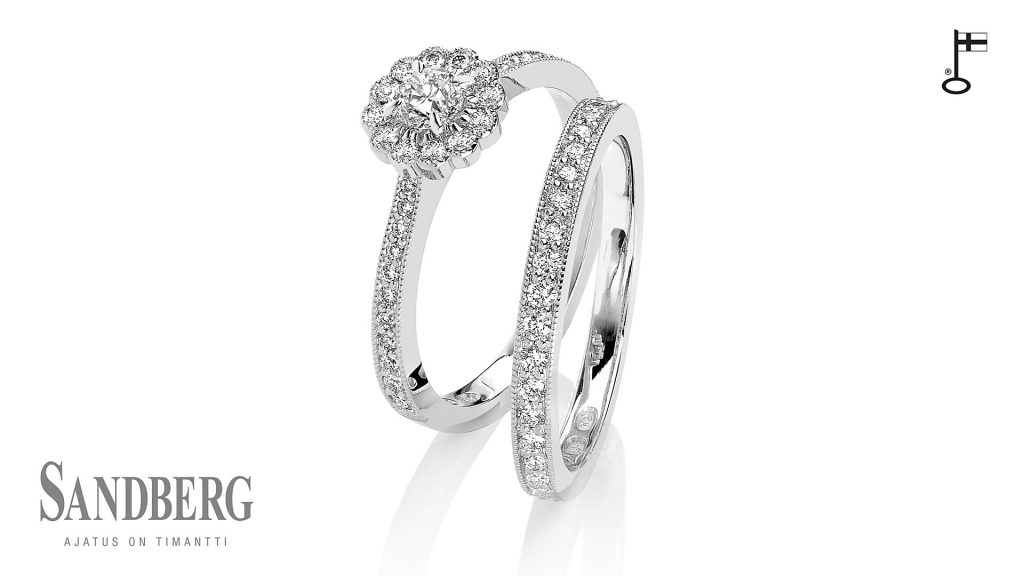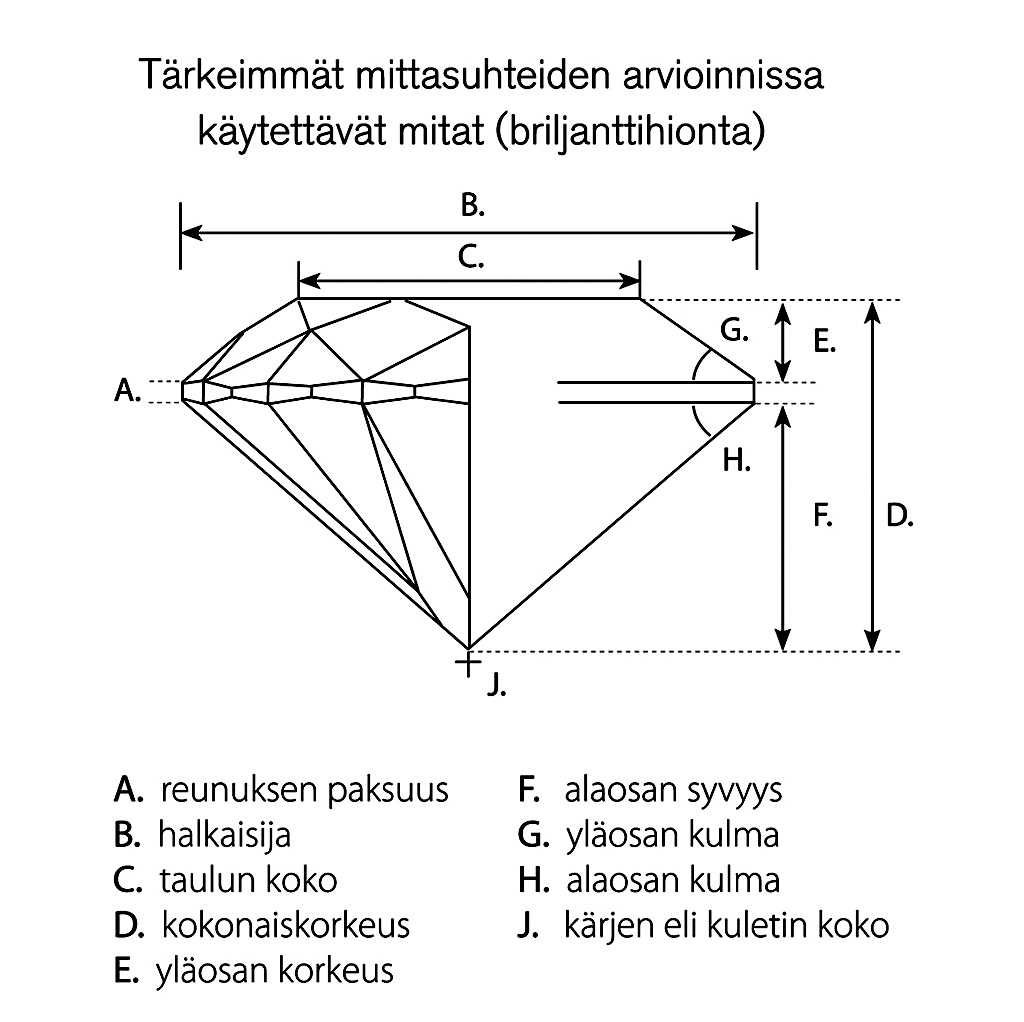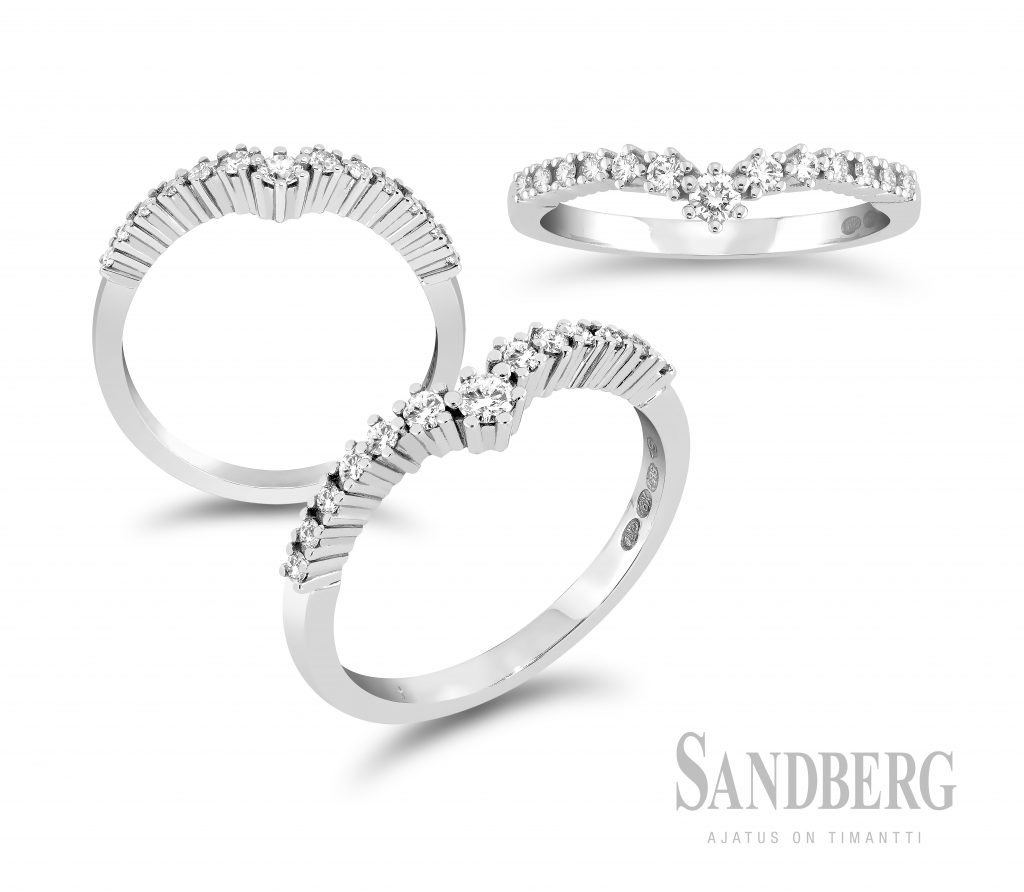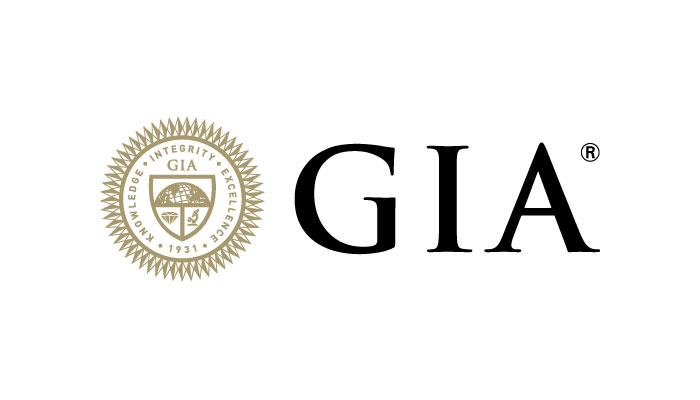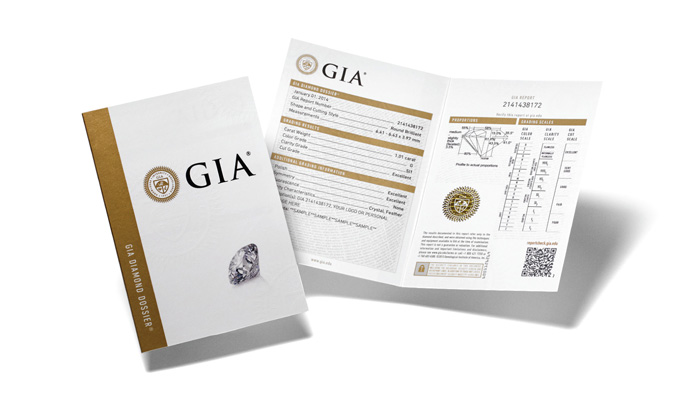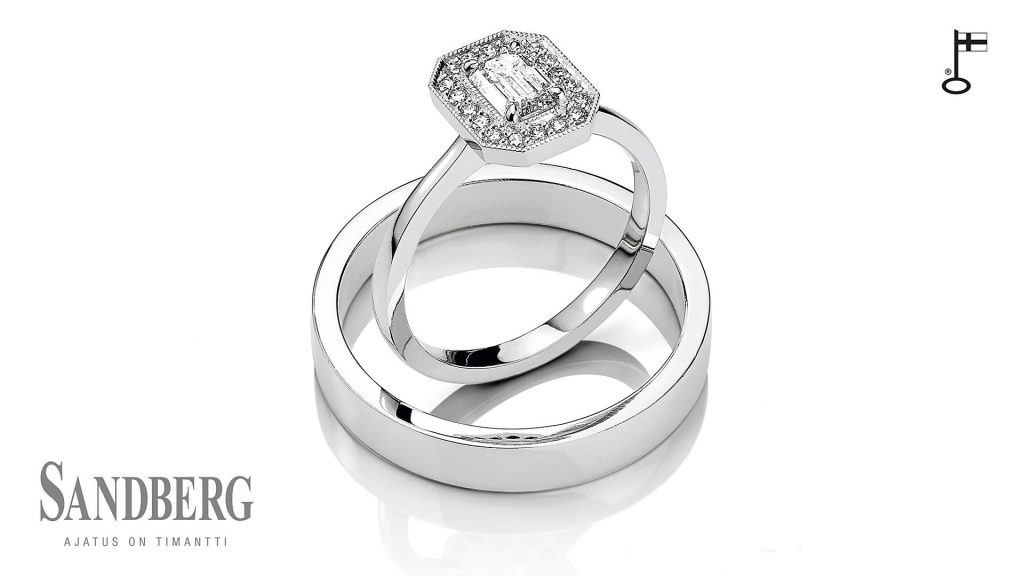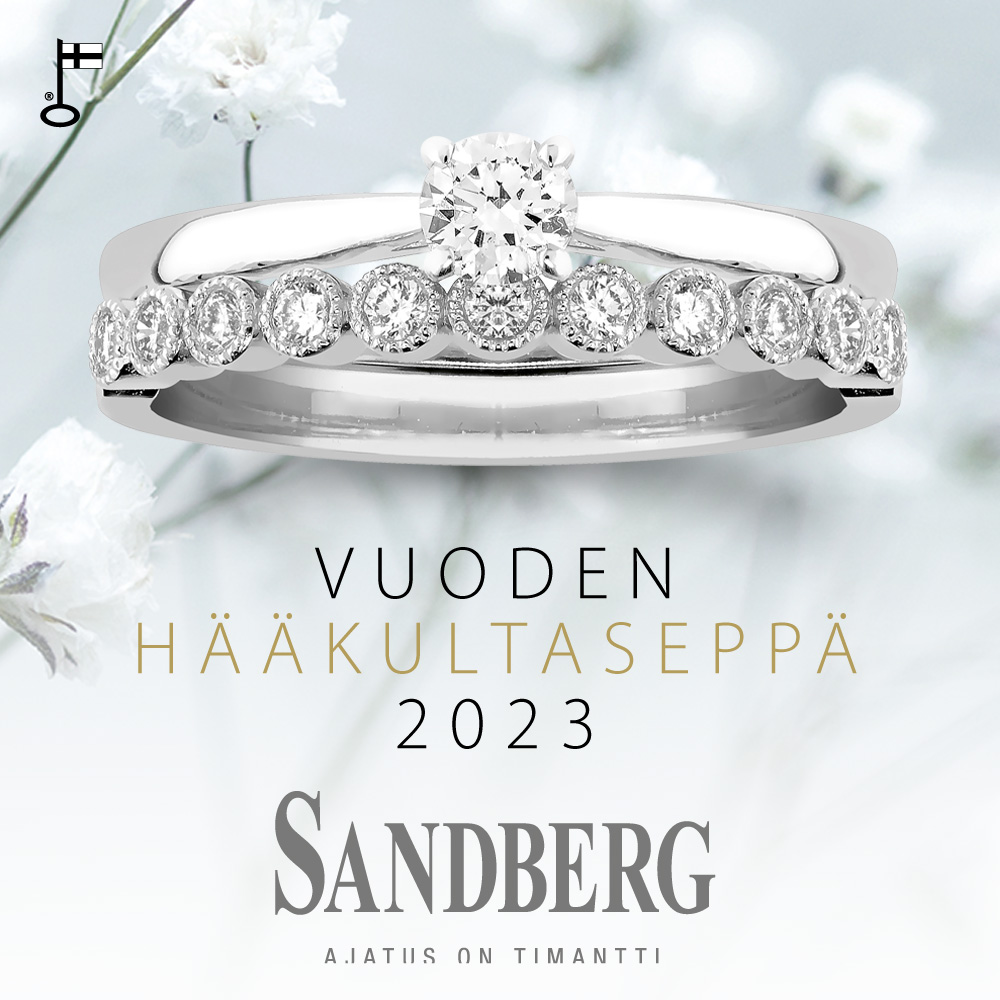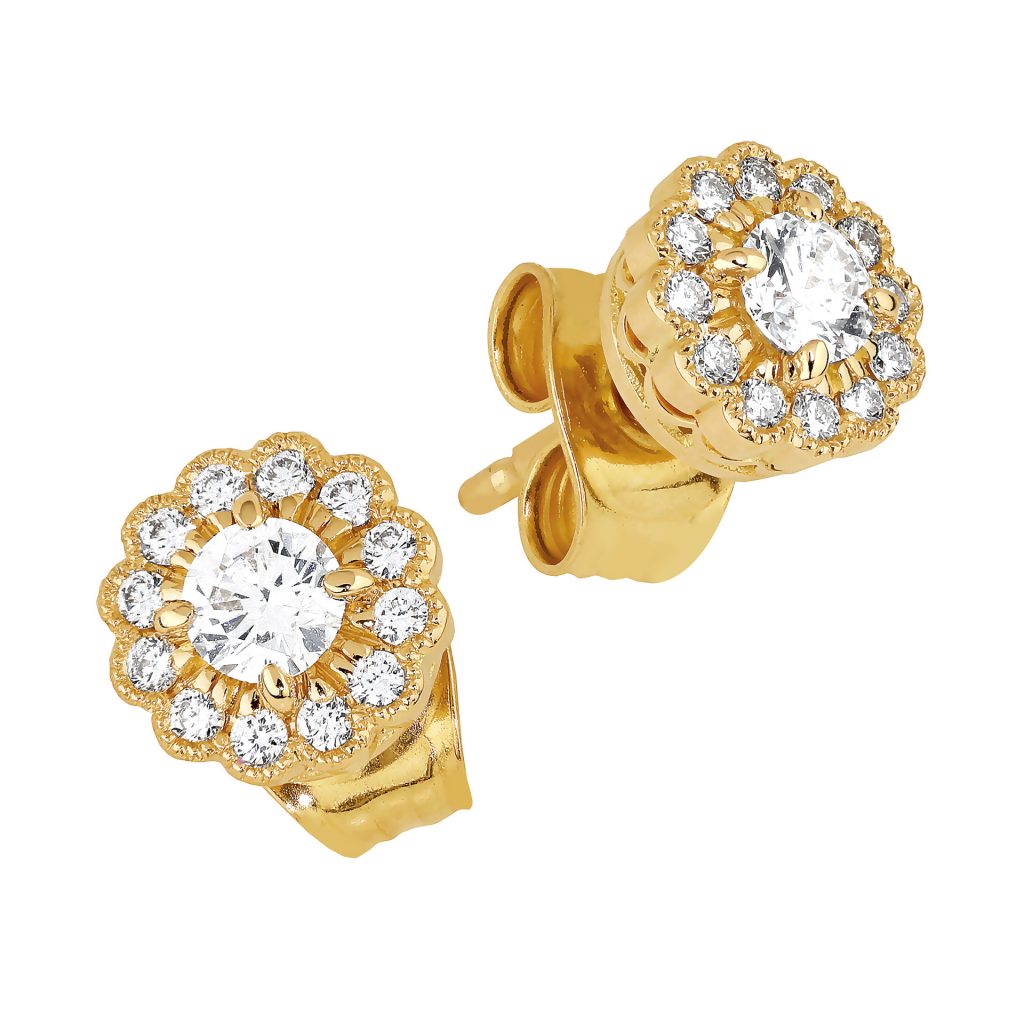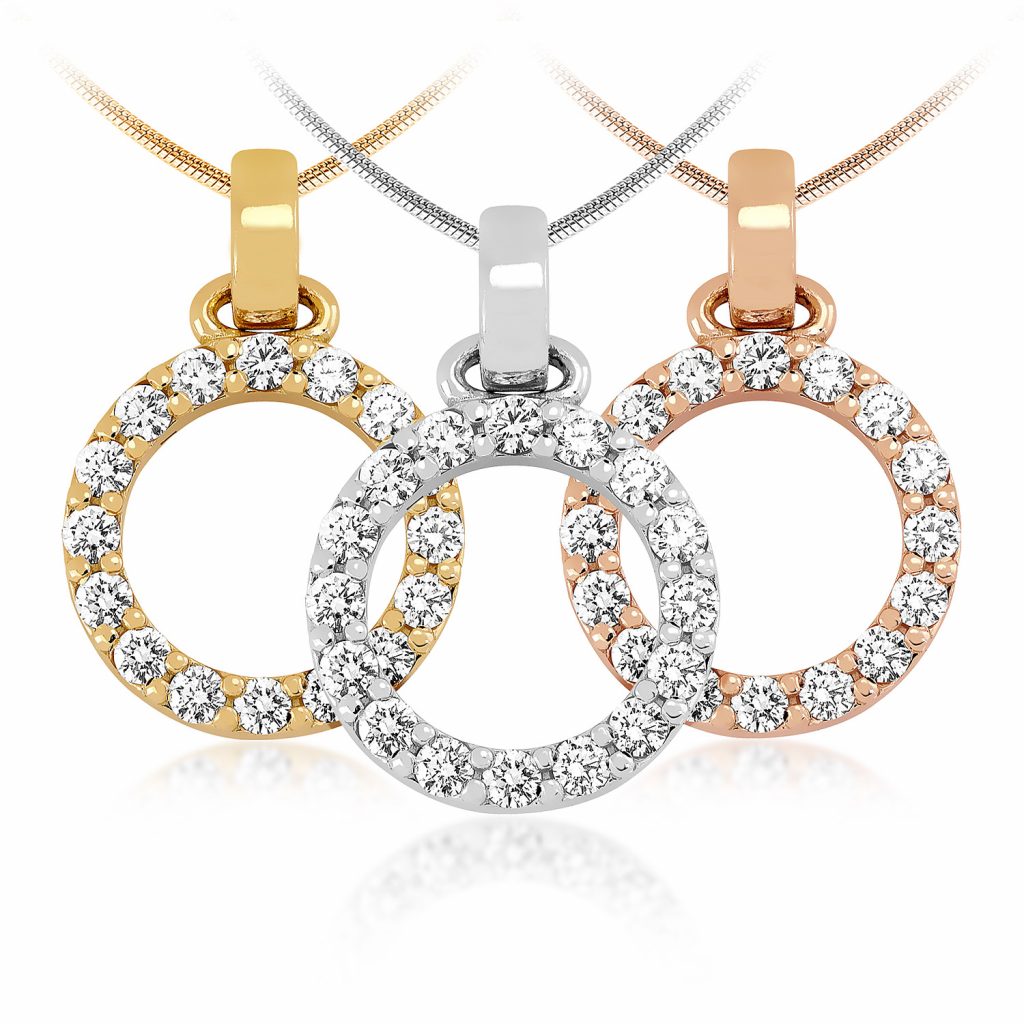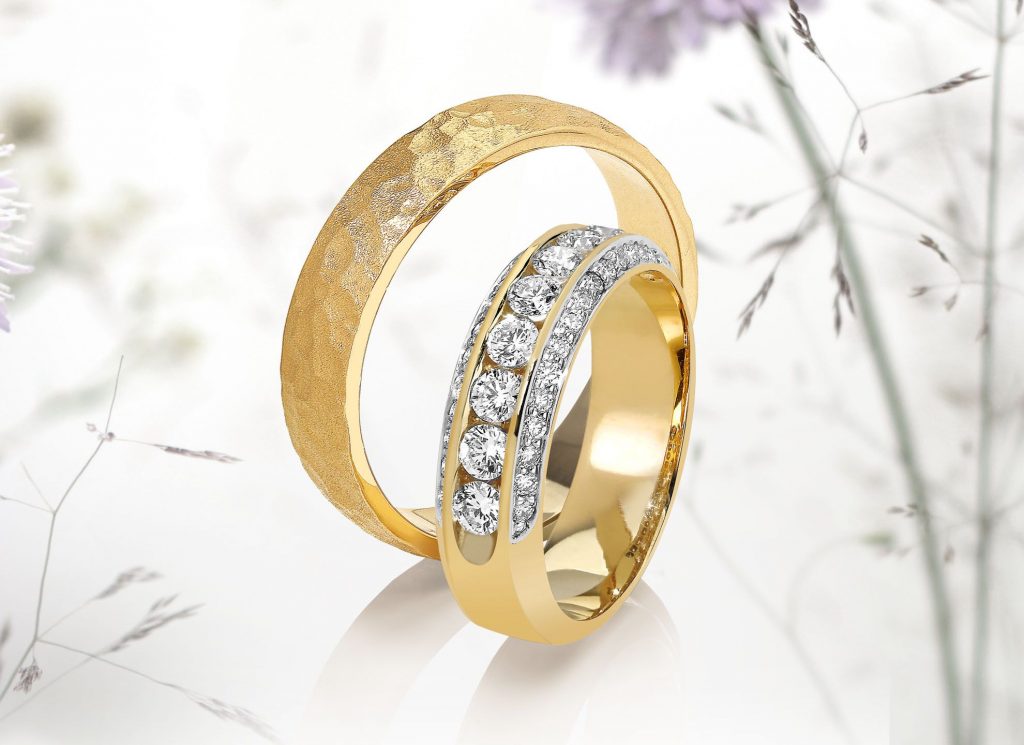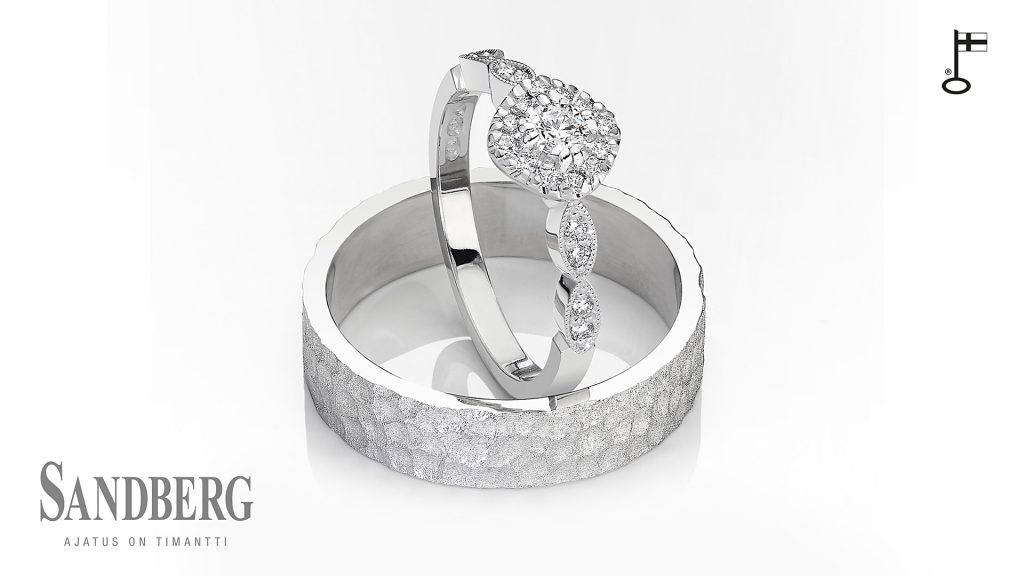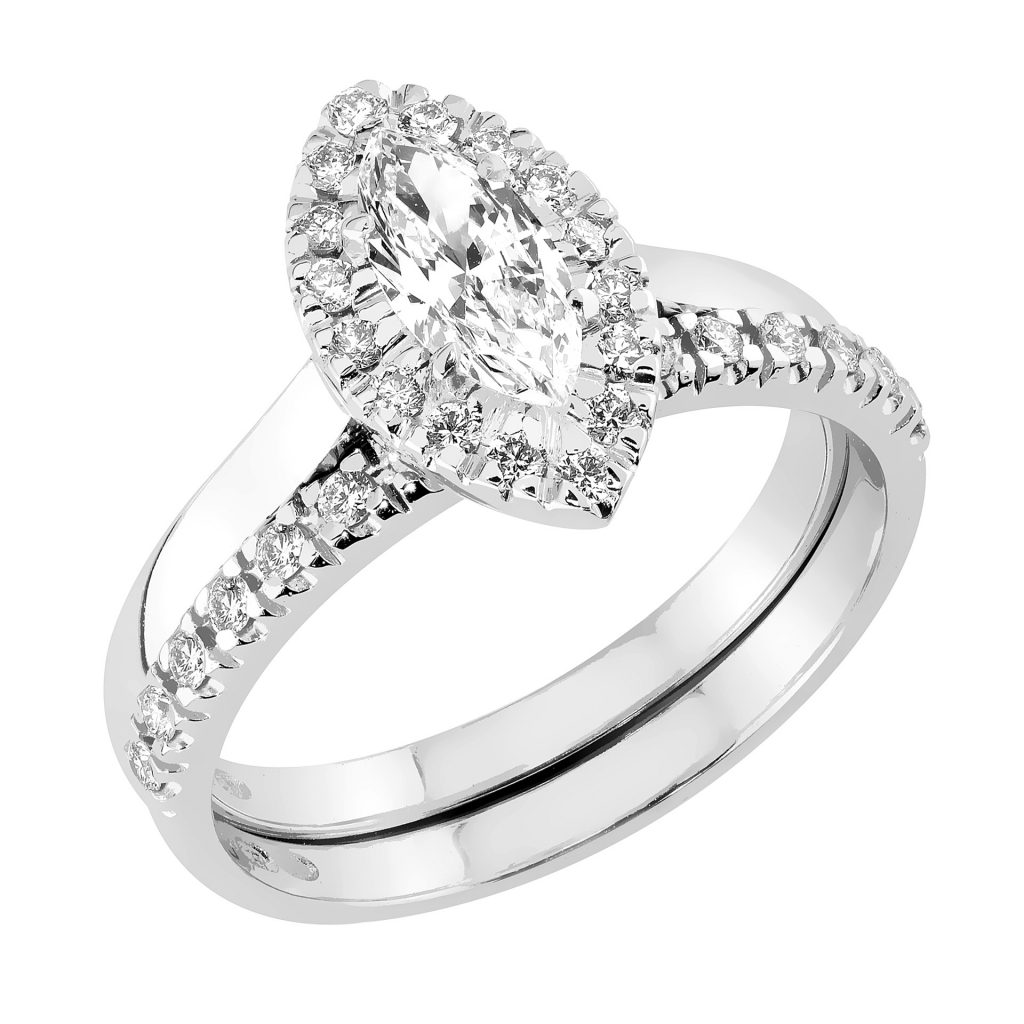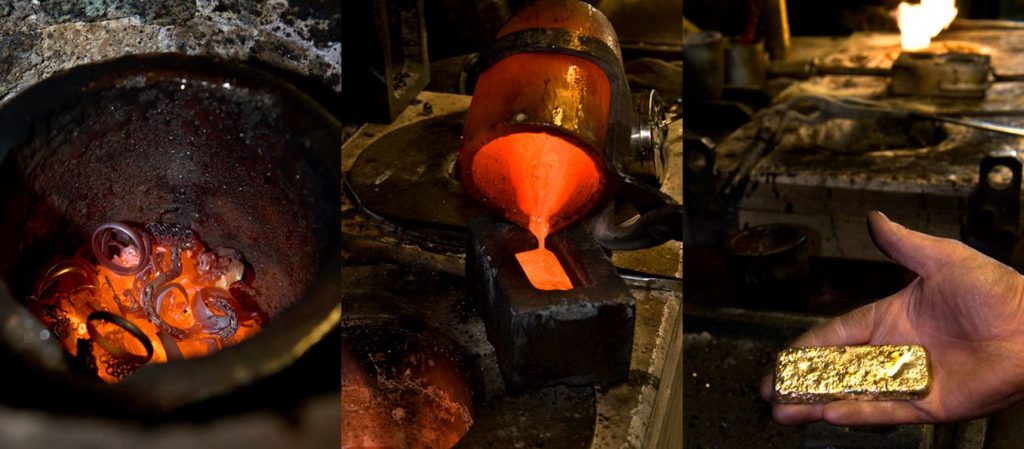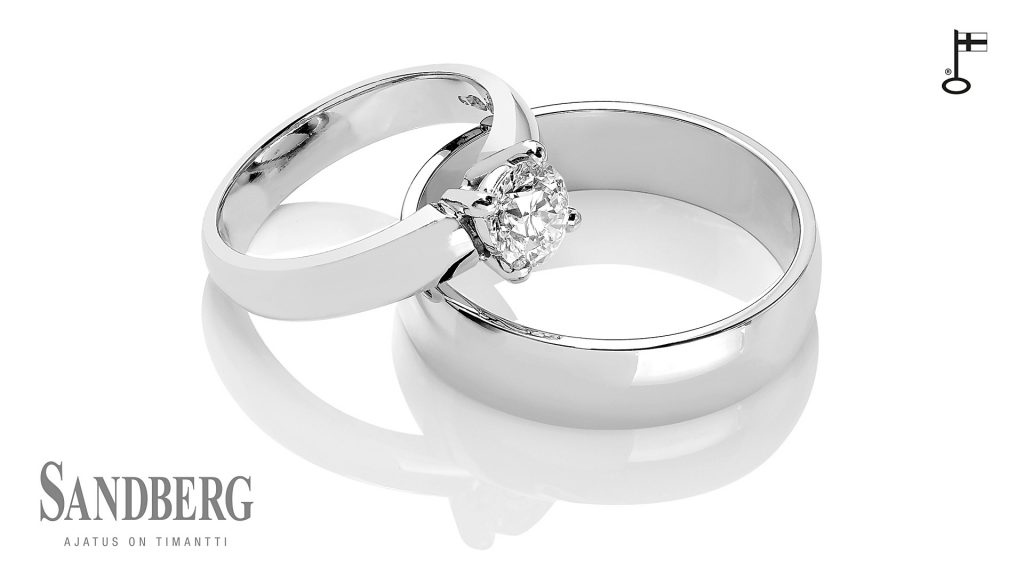To keep your diamond jewellery as beautiful as possible it must be cleaned regularly. All gemstones – especially diamonds – loose a great amount of their shine if they are dirty or greasy. Stubborn dirt in jewellery, for example on the inside of the ring or behind an earring can cause skin irritation and even inflammation. The material itself – diamonds, other gemstones, gold, white gold and platinum – don’t turn dark or weaken even if you don’t clean them. Old and dirty jewellery can in most occasions be restored to its original glory by letting it be cleaned by a skilled jeweller. But if you take care of your jewellery according to the following instructions it will stay beautiful and brilliant for years even without the help of a professional.
Rings and earrings
Most exposed to dirt and erosion are the rings. We handle food, cosmetics and other substances daily and this may result in dirt starting to cluster on the inside or surface of the ring or under the fitting of the stone. Rings should therefore be cleaned weekly. We do recommend you to take the rings off before going to bed and when gardening, cooking, cleaning or performing other house-hold chores. Earrings are also exposed to various kinds of chemicals such as hair care products, but also to skin’s own excretion. Therefore earrings do get dirty quite easily. We recommend the earrings to be cleaned weekly and to be taken off before going to bed.
